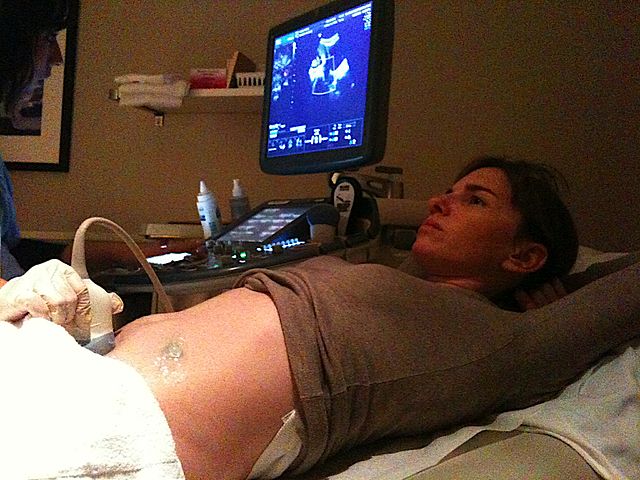Bias and Inaccuracy in Marketing Noninvasive Prenatal Tests
By Editors,
The Hastings Center
| 03. 08. 2022
Photo by Scott via wikimedia
Bias and inaccuracy are pervasive in the marketing of noninvasive prenatal tests (NIPTs), concludes an early-view study in the Hastings Center Report. The tests are marketed to consumers around the world without regulatory oversight.
NIPTs are screening tests that assess the chance that a fetus is affected by various chromosomal and other conditions by analyzing fetal DNA in a maternal blood sample. In the absence of regulation, the responsibility to ensure that NIPTs are represented accurately and ethically falls to manufacturers.
The study examined whether manufacturers live up to this responsibility by evaluating English-language consumer brochures for NIPTs marketed globally. For a benchmark, the study used a guidance document produced by the Nuffield Council on Bioethics in the United Kingdom. Among the major findings:
- None of the brochures complied with all of the Council’s criteria.
- Fifty-two percent of the brochures misrepresented NIPTs as diagnostic rather than screening tests. Patients who do not understand that follow-up diagnostic testing is required to confirm a positive NIPT result may make decisions about their pregnancy, such as having...
Related Articles
By Josie Ensor, The Times | 12.09.2025
A fertility start-up that promises to screen embryos to give would-be parents their “best baby” has come under fire for a “misuse of science”.
Nucleus Genomics describes its mission as “IVF for genetic optimisation”, offering advanced embryo testing that allows...
By Hannah Devlin, The Guardian | 12.06.2025
Couples undergoing IVF in the UK are exploiting an apparent legal loophole to rank their embryos based on genetic predictions of IQ, height and health, the Guardian has learned.
The controversial screening technique, which scores embryos based on their DNA...
By Frankie Fattorini, Pharmaceutical Technology | 12.02.2025
Próspera, a charter city on Roatán island in Honduras, hosts two biotechs working to combat ageing through gene therapy, as the organisation behind the city advertises its “flexible” regulatory jurisdiction to attract more developers.
In 2021, Minicircle set up a...
By Vardit Ravitsky, The Hastings Center | 12.04.2025
Embryo testing is advancing fast—but how far is too far? How and where do we draw the line between preventing disease and selecting for “desirable” traits? What are the ethical implications for parents, children, clinicians, and society at large? These...




